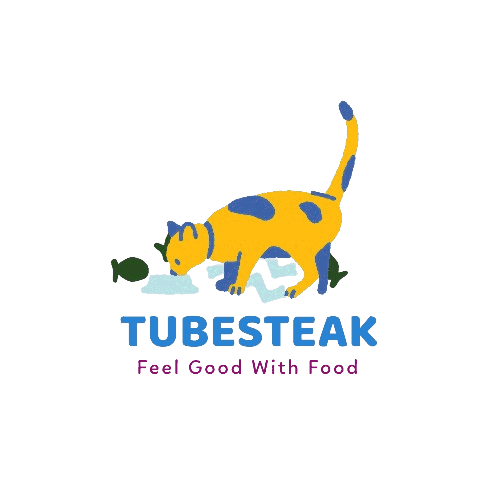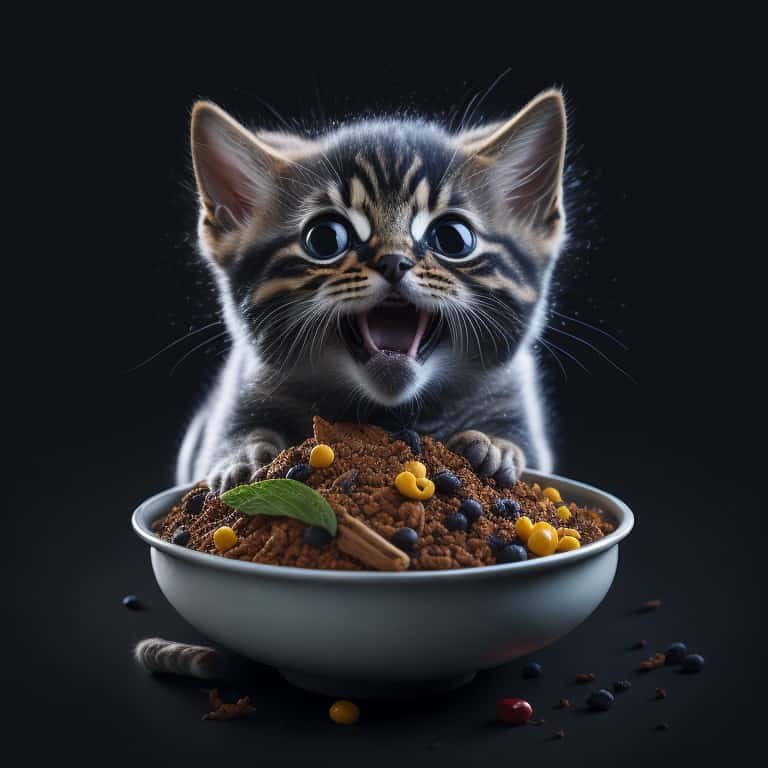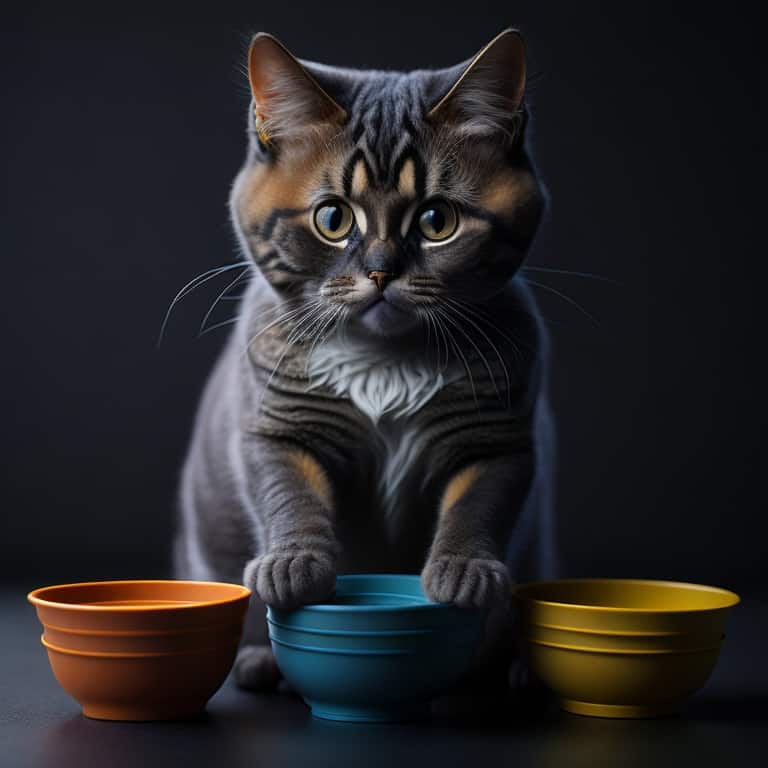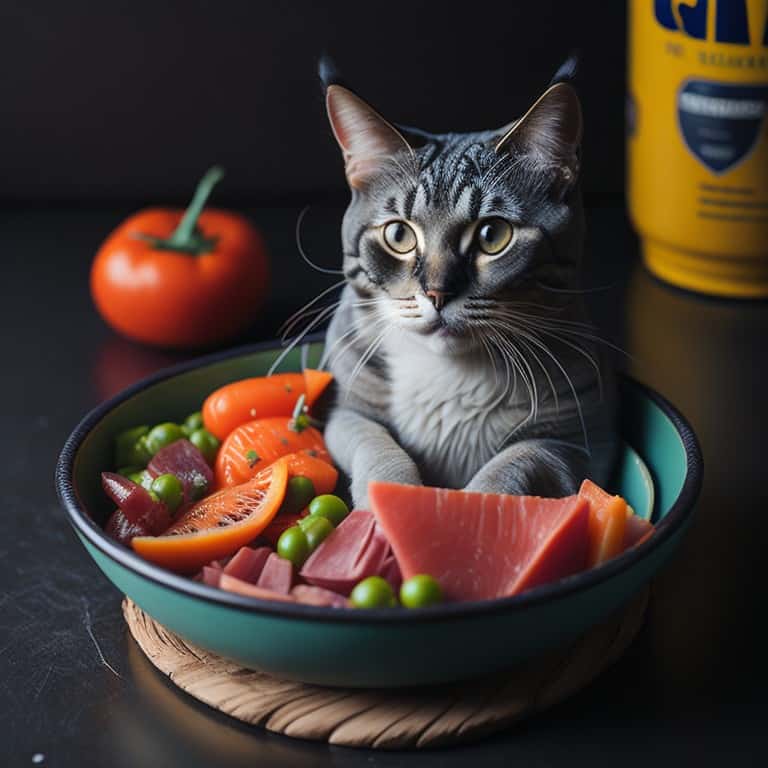
High-fiber diet – Hypercalcemia, a condition characterized by elevated levels of calcium in the bloodstream, can be a concerning health issue for cats. While various underlying causes can contribute to hypercalcemia, dietary management plays a crucial role in alleviating this condition. In this article, we will explore the benefits of a high-fiber diet for cats with hypercalcemia and how it can aid in their overall health and well-being.
Understanding Hypercalcemia in Cats
Hypercalcemia in cats occurs when there is an excess of calcium circulating in the bloodstream. This condition can result from various factors, including primary hyperparathyroidism, kidney disease, certain medications, and even cancer. Symptoms of hypercalcemia may include increased thirst and urination, decreased appetite, vomiting, and lethargy.
The Role of Diet in Managing Hypercalcemia
Diet plays a pivotal role in managing hypercalcemia in cats. A high-fiber diet can be beneficial for several reasons:
- Reducing Calcium Absorption: Dietary fiber can bind to calcium in the intestinal tract, limiting its absorption into the bloodstream. This helps lower the overall calcium levels in the cat’s body, which is crucial in hypercalcemia management.
- Promoting Kidney Health: Many cases of hypercalcemia are associated with kidney disease. A high-fiber diet can help support kidney function by reducing the workload on the kidneys. This can be especially beneficial in cats with chronic kidney disease.
- Balancing Nutrient Intake: High-fiber diets often contain balanced levels of other essential nutrients, such as protein and phosphorus, which can be critical for cats with hypercalcemia. Ensuring these nutrients are in balance is vital for overall health.
Choosing a High-Fiber Diet
When selecting a high-fiber diet for your cat with hypercalcemia, it’s essential to consult with your veterinarian. They can provide guidance on the best dietary choices based on your cat’s specific needs and health condition. Here are some factors to consider:
- Prescription Diets: Some pet food manufacturers offer prescription diets designed specifically for cats with hypercalcemia or related health issues. These diets are formulated to provide the right balance of nutrients and fiber.
- Natural Fiber Sources: In addition to prescription diets, natural fiber sources like canned pumpkin or psyllium husk can be added to your cat’s food under veterinary supervision. These can help increase dietary fiber content.
- Hydration: Cats with hypercalcemia may be prone to urinary issues. Ensure your cat has access to fresh water at all times and consider feeding wet food, which can help increase hydration.
- Monitor Progress: Regular check-ups with your veterinarian are essential to monitor your cat’s progress and adjust the diet as needed. Blood tests will help assess calcium levels and overall health.
Conclusion
A high-fiber diet can be a valuable component of managing hypercalcemia in cats. By reducing calcium absorption, promoting kidney health, and maintaining a balanced nutrient intake, this dietary approach can help improve your cat’s overall well-being. However, it’s crucial to work closely with your veterinarian to tailor the diet to your cat’s specific needs and monitor their progress regularly. With the right dietary management and medical care, you can provide the best possible support for your feline friend’s health in the face of hypercalcemia.

Stephanie Ansel is a well-known writer and journalist known for her unique and captivating writing style. She has written many articles and books on important topics such as the lifestyle, environment, hobbies, and technology and has been published in some of the biggest newspapers and magazines. Stephanie is also a friendly and approachable person who loves to talk to people and learn about their stories. Her writing is easy to read and understand, filled with lots of details and information, and is perfect for both kids and adults who want to learn about important topics in an interesting way.





